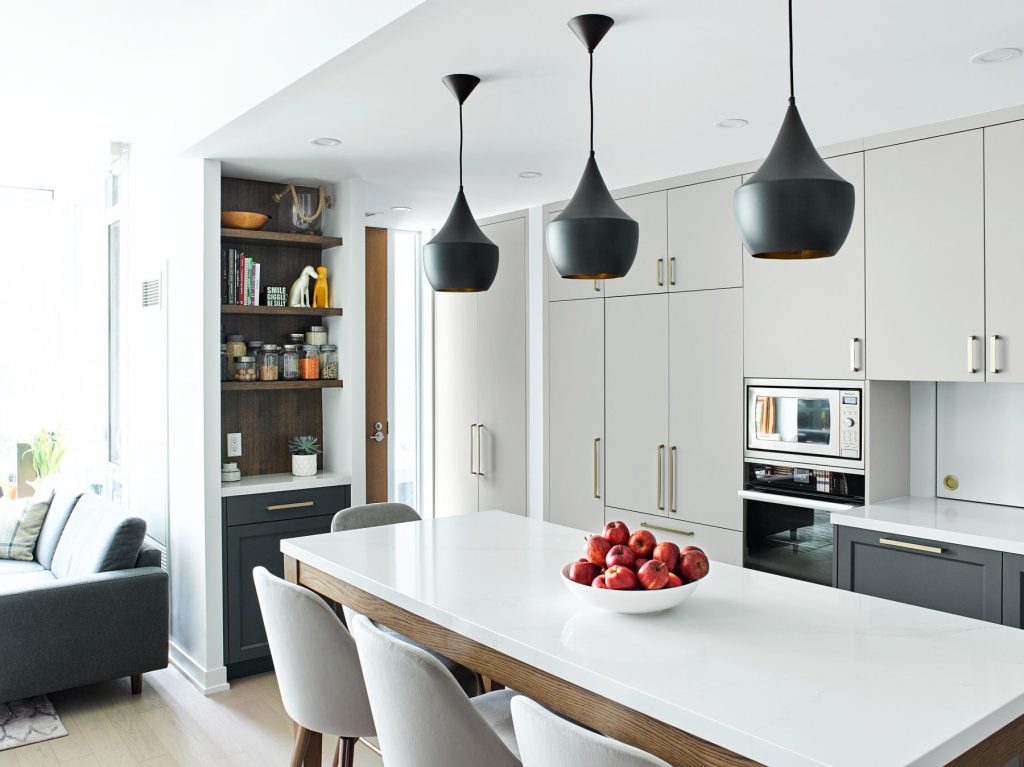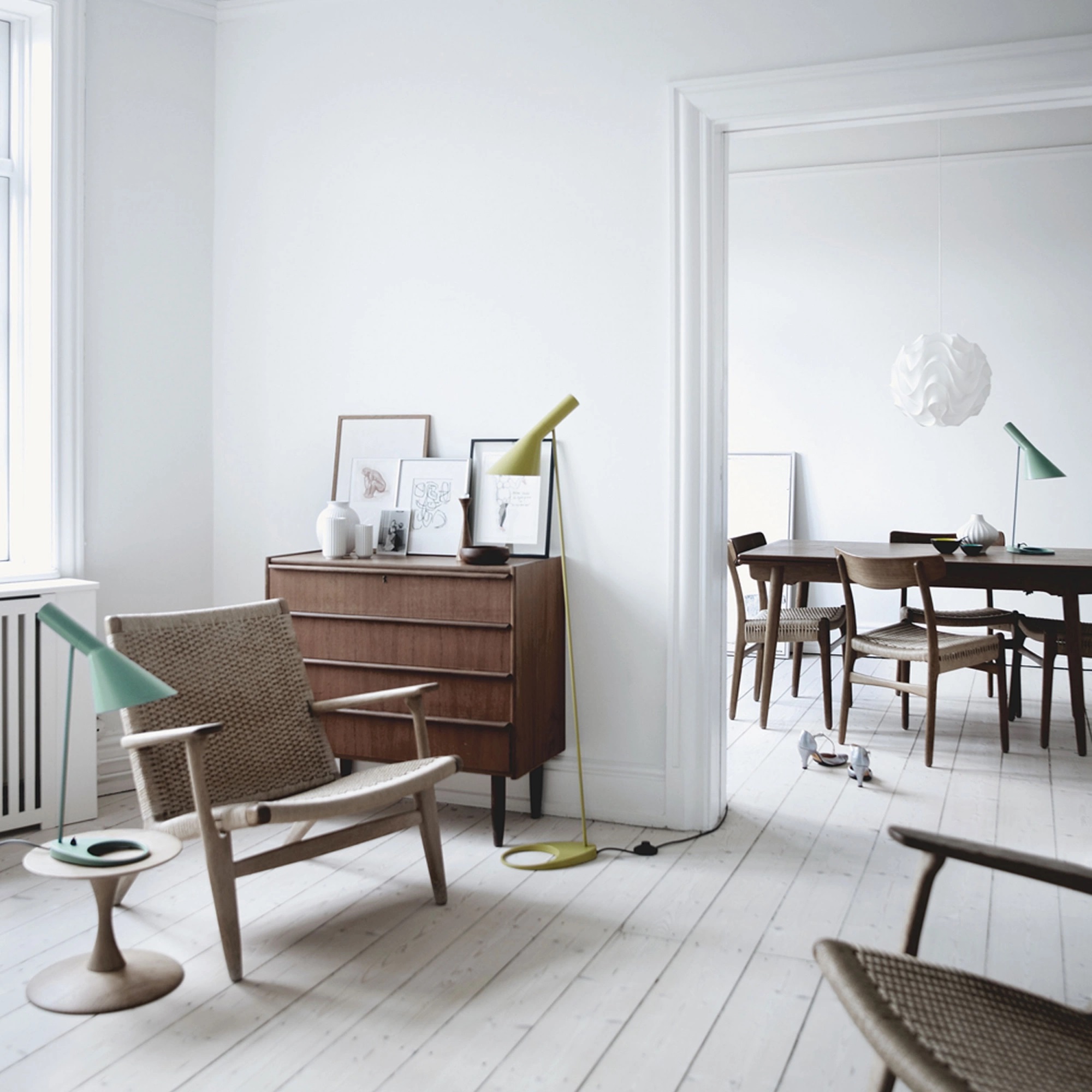
Unleashing Brilliance: The Art and Science of Modern Geometric Light
The Evolution of Lighting Design
In the past, lighting was solely functional, meant to illuminate a space and make it easier to navigate. However, as the use of light began to expand, so did the design possibilities of lighting. Today, lighting is a vital component in the artistic expression of spaces and is essential to the emotional impact of a room.
In the modern era, geometric light has emerged as an innovative and remarkable design trend. This style is characterized by strong lines, sharp angles, and minimalistic designs. The use of geometric shapes is purposeful and calculated, providing an impressive aesthetic while maintaining functionality.
The Technical Side of Geometric Light
The technology behind modern geometric light is a vital component of its effectiveness. LED bulbs have become essential in the creation of geometric lighting, as they are energy-efficient, have long lifespans, and allow for the precise control of light levels. Advanced software also plays a crucial role in the design process, allowing designers to test and fine-tune room lighting remotely.
The use of geometric shapes in modern lighting design creates a sense of dynamism and excitement. By playing with perspective and distorting shapes, designers can create compelling, three-dimensional forms that add depth and intensity to a space. These designs can be scaled up or down as desired, allowing for complete flexibility in lighting design.
The Artistic Possibilities of Geometric Light
One of the most exciting aspects of geometric lighting is the artistic possibilities it presents. With the use of different colors and shapes, designers can create an impressive range of effects, depending on the mood they want to create. The use of shadows and reflections can create an exciting interplay between light and dark, while the use of monochromatic color schemes can add a sleek, minimalist touch.
Geometric lighting can be used to create different moods and emotions depending on the space. For example, vibrant and colorful geometric lighting can be used to create a playful, energetic atmosphere in a children’s playroom. In contrast, an understated and elegant design using simple shapes and monochromatic colors can be the perfect fit for a sophisticated living room.
The Future of Geometric Lighting
As lighting technology continues to advance, geometric lighting will undoubtedly become even more popular. We can expect to see even more innovative designs and materials utilized in the creation of geometric lighting over the coming years. Additionally, the use of advanced software technologies will enable designers to create lighting designs that we cannot even imagine yet.
As the world becomes more aware of the environmental impact of energy use, we can expect to see more environmentally-friendly geometric lighting designs. LED lights are already an efficient and affordable option, but we may see the development of even more sustainable lighting technologies in the future.



